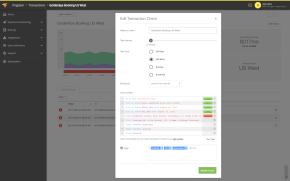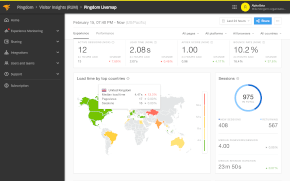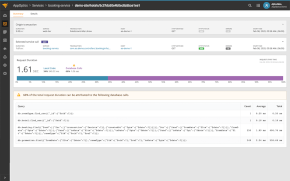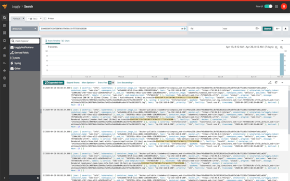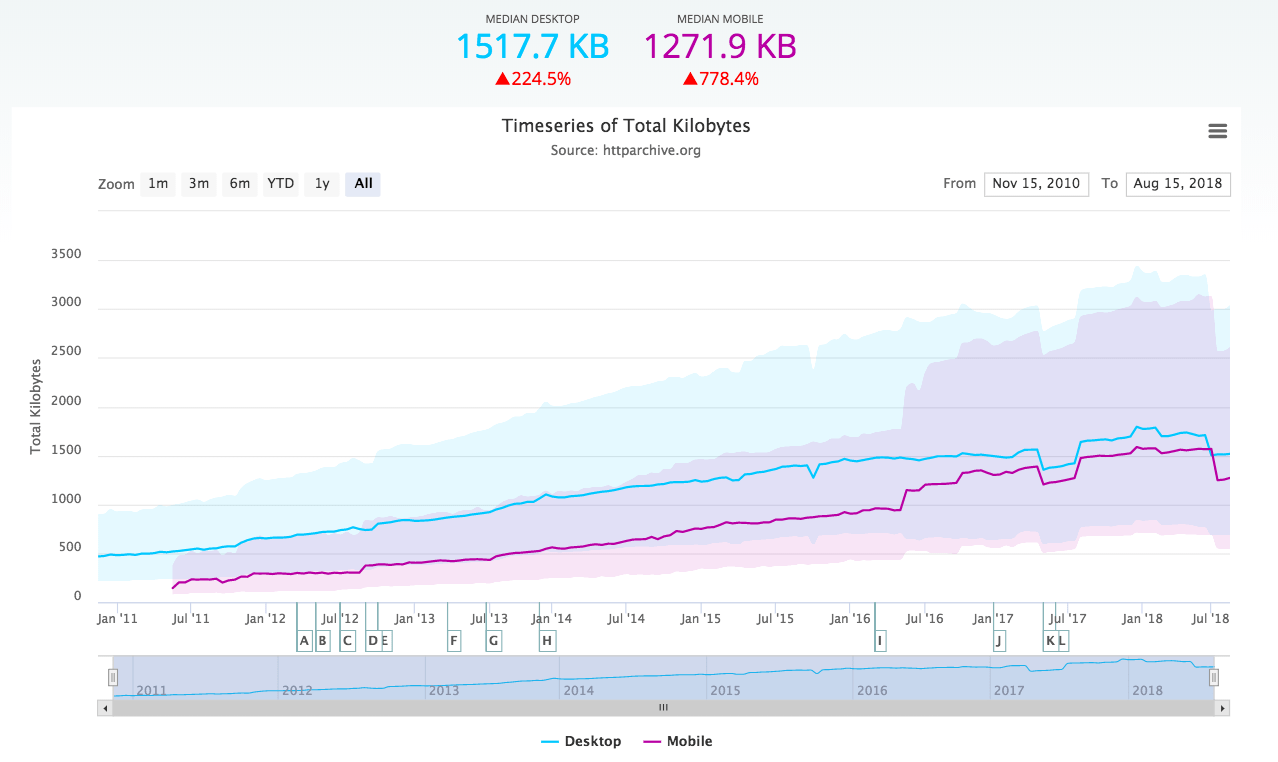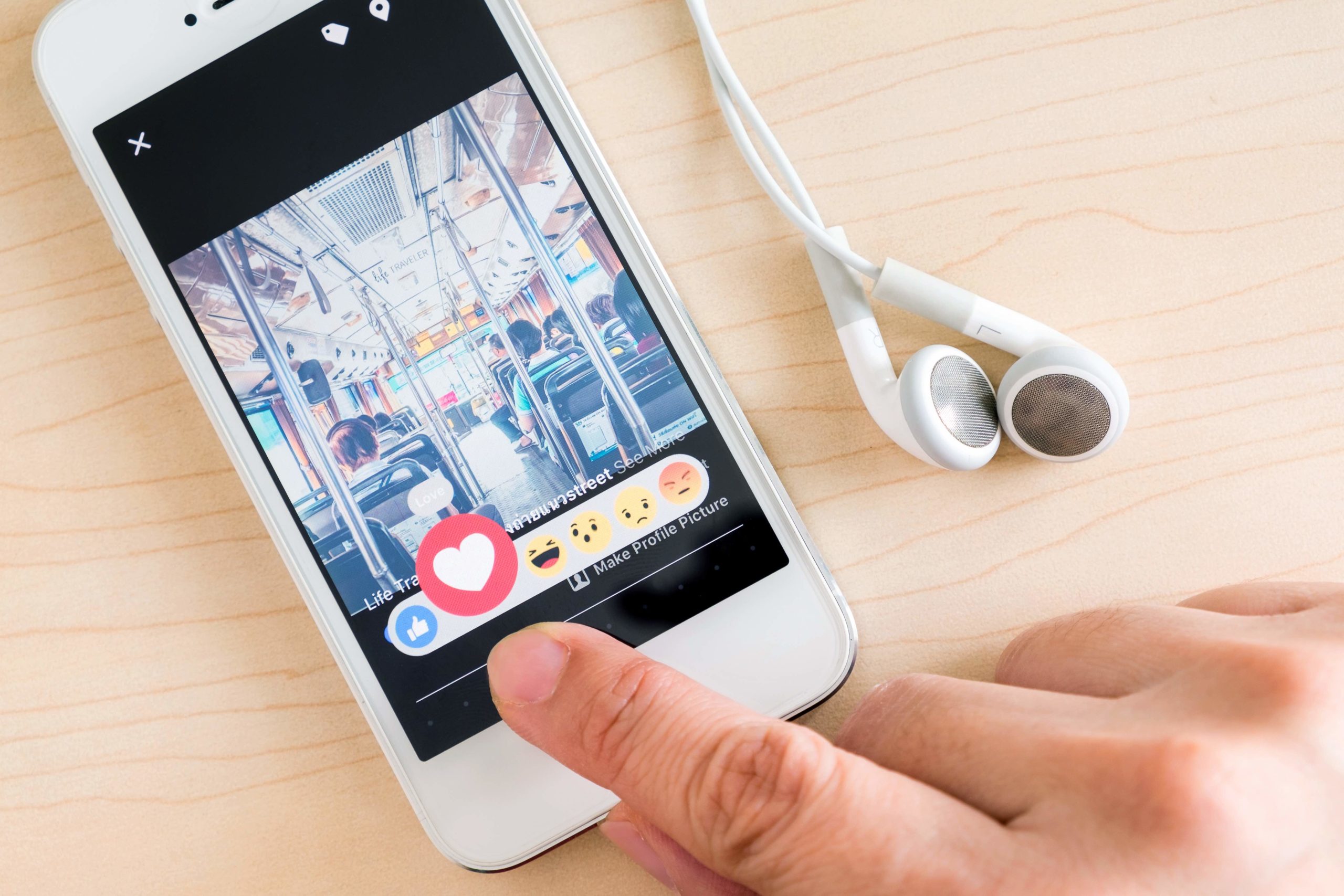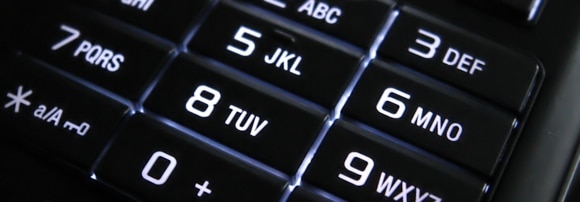
The Next Web published an article in August entitled “How text messaging as we know it will die in 3-5 years.” In the article Niall Harbison argues that the advent of smartphones and apps such as WhatsApp results in users transitioning away from SMS to these alternative messaging options. So let’s try to see what we can find out.
Here are the numbers we could find for some of the more popular SMS alternatives:
- WhatsApp crossed a milestone in October, when it announced sending over 1 billion messages in a single day.
- The only number we could find for WhatsApp competitor Kik was “over” 4 million messages sent in a day back in June 2011.
- When it comes to RIM’s BlackBerry Messenger BBM the closest we get is billions of messages sent each day.
- Mark Zuckerberg stated about a year ago that more than 4 billion messages are sent on Facebook every day. Note that this is not exclusively messages sent with mobile Facebook clients.
- Apple’s iMessage is still very new and it seems that only Cupertino has any numbers on that service.
- There are several other VoIP and messaging applications, like Skype, Viber, Fring, Nimbuzz and Tango, that should really be included here but statistics on volume of messages are hard to come by.
- Let’s also add Twitter for reference. In June 2011, Twitter reported that 200 million messages per day was posted in its system.
So is “IP cannibalization real”? It may be in some markets, where the volume of SMS sent is actually declining, but on a worldwide scale, it seems SMS is still king. In fact, based on the statistics we’ve collected, there are still more than twice as many SMS sent worldwide as there are messages on the alternative services combined.
SMS still rules but growth is slowing down
In its report The World in 2010: ICT Facts and Figures, the International Telecommunication Union or ITU, stated that the number of SMS sent has tripled in three years from 2007. ITU’s estimate for 2010 was 6.1 trillion SMS sent, which equates to about 16.7 billion per day.
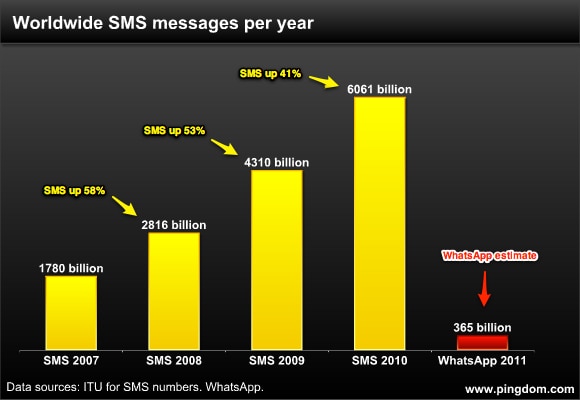
For 2011 the total annual number of SMS messages should exceed 7 trillion. We included WhatsApp just as a reference.
Even though the number of SMS may have tripled according to ITU’s numbers, it still means a decline in the growth of text messages. From 2007 to 2008 the growth was 58% and the following years it was 53% and 41% respectively.
As data connections become more ubiquitous and affordable, SMS will see more competition, but for now, SMS still rules the roost. Adding to this development is of course the increased popularity of smartphones and feature phones that become increasingly packed full of features and functionality.
Fragmentation helps SMS stay ahead
As Harbison points out in his post on The Next Web fragmentation of mobile platforms may be, for now at least, the saving grace for SMS. Different apps don’t necessarily talk to one another and you’re dependent on having an app for the mobile device you want to use.
SMS, on the other hand, works with any mobile phone, whether it’s a smart-, feature- or other phone.
So the various SMS alternatives typically requires an app installed and, of course, a data connection. Mobile data coverage is available to many users but it’s not always affordable, and relying on Wi-Fi means you’re not always connected.
This means we’ll have to deal with good ole SMS for quite some time yet.
